Most of the time, driving less and walking more is awesome. Choosing to walk or take transit is an easy way to hit my 10,000 step goal on my Fitbit and helps me think clearer. Plus, I save tons of money and sleep more soundly at night knowing my carbon footprint is probably smaller than others’ because I’m not driving everywhere I go.
As much as walking is great most of the time, I think we can all agree that some neighborhoods are better to walk in than others. Depending on where you live—whether it’s a busy downtown, off a rural highway, or somewhere in between, there are things that simply make certain places more walkable than others.
Aside from whether there’s a sidewalk or not—the bare minimum—I’ve rounded up five things that I think make or break the walking experience and dug up examples from communities throughout Michigan that I’ve had some experience walking around in.
1. Density (the number of people and places there are in a certain place):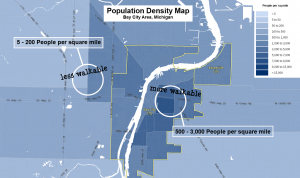
The more people and places there are in a neighborhood, the more places there are to walk and (usually) people to walk with. I’m not saying a place needs Manhattan-levels of density to be pleasant to walk in, but generally speaking, a neighborhood with at least a few thousand people per square mile is helpful.
2. Land use mix (two or more different types of places combined, placed or considered together):
To go along with at least moderate density, a mixture of homes, places to shop, schools and open space gives us walkers a variety of places to go. The best land-use mixes don’t just have a lot of options, but have options intermingled. I’ve found this important when I’m, say, walking to a meeting downtown and want to stop for a latte on the way—the combination of homes, offices and restaurants makes that an easy option.
3. A grid-like street pattern (a network of streets that cross each other at 90 degree angles):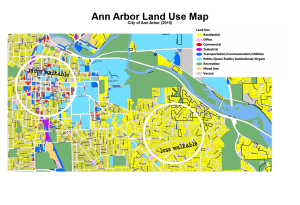
Although cul-de-sacs and picturesque, winding roads might be what 1980s suburban dreams were made of, streets that run in straight lines rule when it comes to walkability. Streets that follow grid patterns (bonus points if they run north-south and east-west) give walkers more direct routes and more route options; making it easier to change things up or stop at happy hour my way home from work (another great benefit of walking!).
4. Human-oriented buildings (buildings at a scale that feels comfortable to people):
The most walking-friendly neighborhoods have buildings that sit up close to the sidewalk with lots of transparent windows to keep lots of eyes on the street and give a glimpse of what’s going on inside. In some cities, parking and set-back requirements lend to the all-too-recognizable situation in the photo below. Yikes. If that doesn’t scream, “we prefer cars,” I don’t know what does. The building form of a neighborhood can make or break walkability.
5. Small blocks (a block is the area bound by 4 streets) and narrow streets: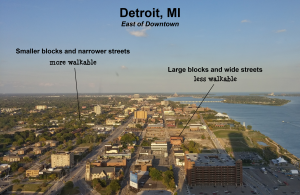
Along with human-oriented buildings, moderate street widths and block sizes also help make a place more comfortable to walk in. Streets that are too wide are more difficult to cross and, in my experience, means cars are traveling faster. Smaller block sizes help make a distance seem less intimidating and provide more route options.
Now that you’ve gotten a few examples of what makes a neighborhood walkable, compare them to your experiences in your community and get involved! One of the most impactful ways to have your voice heard when it comes to land use, street patterns and density is to connect with your local planners and elected officials.
If you’re not sure where to start, find out if your community has a profile on mySidewalk.com, an online public feedback tool that communities use to gather input. If your community isn’t on mySidewalk or you want to get more involved, visit your municipality’s website to find information about public meetings or get contact information for decision-makers to send them your thoughts. You’ll probably be surprised about the impact you can have when you become involved!


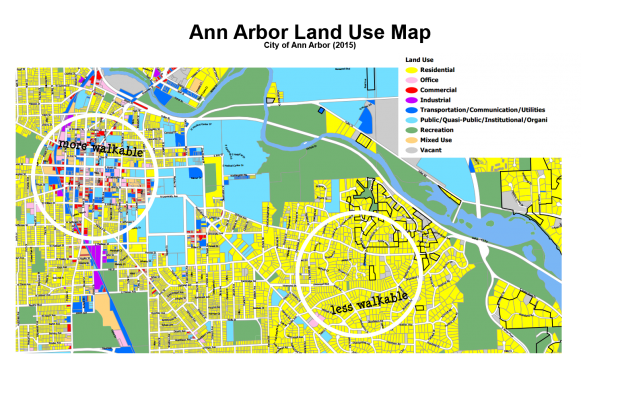


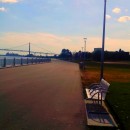

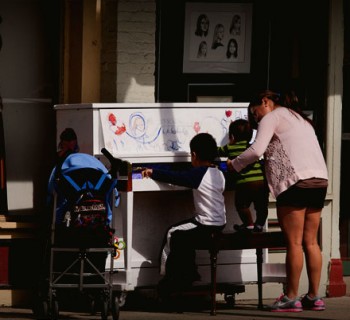
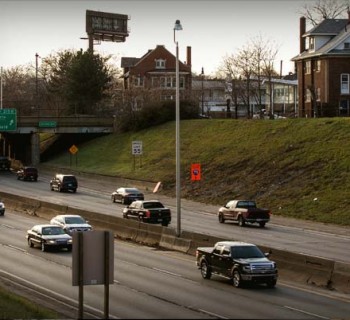

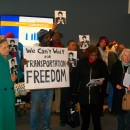
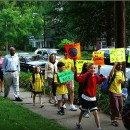
[…] Five Things That Make Walkable Neighborhoods Walkable (Mode Shift) […]